QOTD: Care to Rank 11 Generations of the Chevrolet Suburban? (Part I)

We’ve done a couple of ranking challenges before, starting first with the Accord, then the Corvette, and following up a few months later with the Mustang. Today we rank a nameplate which has been in production longer than any of those — in fact, it’s the longest-running in America.
It’s the Suburban.
Today is Part I of II in the Chevrolet Suburban ranking challenge, as pitching 11 generations together is a bit much for a single week. The first part of the challenge will cover generations one through six. There’s a marked difference in generations seven to eleven, which we’ll see next week. On with the challenge…
1935-1940
Suburban started out in 1935, bearing the full name of Carryall Suburban. The intent was a functional vehicle which could carry a family of eight and all their required luggage and other junk. Available only in two-door wagon format, Chevrolet did let buyers choose between rear swinging doors or a hatch. Four-wheel drive was not available.
1941-1946
Suburban’s second generation was interrupted by the occurrence of World War II. As such, GM only produced vehicles for model years 1941, 1942, and 1946, as all production in the interim years was devoted to military transport variants. Still two-door only, for the first time Chevrolet and GMC versions used different engines. The more basic Chevrolet had a 3.5-liter inline-six; the GMC had a 3.7-liter.
1947-1954
The third generation Suburban consolidated production for the first time, with all examples between 1947 and 1954 built at GM’s Van Nuys, California plant. The doors numbered two, but things started to take on a more boxy, SUV shape in this era. Seats in the front were now a split bench style, and slid forward to allow access to rear seats. For the first time, an automatic transmission was made available.
1955-1959
Fourth-generation Suburbans got a late start for the 1955 model year, not appearing until March. Instrumentation in this generation was shared with passenger car models as General Motors gathered a family customer base in suburbia. Cylinders added up to eight, while the I6 faded from popularity. And now customers could specify four-wheel drive. It was all coming together.
1960-1966
In 1960, the Suburban moved even closer to the shape modern consumers would consider “SUV.” Newly available this year was an independent front suspension. Revisions in 1962 and again in 1964 made its appearance more streamlined and conservative. This generation offered more choice to consumers than ever before, and available engines included I6, V6, and V8 versions.
1967-1972
In its sixth generation for 1967, the Suburban’s transformation into modern SUV was nearly complete. Not quite at five total doors yet, customers settled for three: One door on the driver’s side, and two on the passenger. 1970 was the final year a panel truck was available for purchase, and 1971 heralded disc brakes on the front wheels and an optional tilt steering wheel. Engines now included the familiar 350 and 396 V8s.
Six generations of Suburban, spanning American history from pre-War through early Malaise. In what order do you rank them, best to worst?
[Images: General Motors]

Interested in lots of cars and their various historical contexts. Started writing articles for TTAC in late 2016, when my first posts were QOTDs. From there I started a few new series like Rare Rides, Buy/Drive/Burn, Abandoned History, and most recently Rare Rides Icons. Operating from a home base in Cincinnati, Ohio, a relative auto journalist dead zone. Many of my articles are prompted by something I'll see on social media that sparks my interest and causes me to research. Finding articles and information from the early days of the internet and beyond that covers the little details lost to time: trim packages, color and wheel choices, interior fabrics. Beyond those, I'm fascinated by automotive industry experiments, both failures and successes. Lately I've taken an interest in AI, and generating "what if" type images for car models long dead. Reincarnating a modern Toyota Paseo, Lincoln Mark IX, or Isuzu Trooper through a text prompt is fun. Fun to post them on Twitter too, and watch people overreact. To that end, the social media I use most is Twitter, @CoreyLewis86. I also contribute pieces for Forbes Wheels and Forbes Home.
More by Corey Lewis
Latest Car Reviews
Read moreLatest Product Reviews
Read moreRecent Comments
- Pig_Iron If it's not hurting anyone, what's the problem? We have a lot bigger problems to deal with like the failure to prosecute the 5-29 insurrectionists. ✌
- MaintenanceCosts This is already illegal for several reasons. Is this a new redundant law, or is this just an announcement that the police are actually going to be enforcing the law as is?(Also, most lifts at all 4 corners are illegal too, although it's almost never enforced.)
- Jkross22 I get Lexus much more now, especially this era. This seems to be the sweet spot for reserved styling, comfort and reliability. No turbos, integrated screen, hard buttons and knobs, good to great stereos, great seats. Still have some pangs of desire for the GS-F for all of the above reasons and V8 sounds, but this is the smarter choice.
- Canam23 I had a 2014 GS350 that I bought with 30K miles and the certified unlimited four year warranty. After four and a half years I had 150K miles on it and sold it to Carmax when I moved to France a little over two years ago. As you can see I ran up a lot of work miles in that time and the Lexus was always quick, comfortable and solid, no issues at all. It was driving pretty much the same as new when I let it go and, and, this is why it's a Lexus, the interior still looked new. I bought it for 30K and sold it for 16K making it the most economical car I've ever owned. I really miss it, if you have to drive a lot, as I did in my job, it is the perfect car. Some may argue the Camry or Accord would foot that bill, but I say nay nay, you really want the comfort and rear wheel drive of the Lexus. Keep it forever Corey, you won't regret it.
- SCE to AUX "...if there’s enough demand"If they are only offered as electric to begin with, how will Stellantis gauge demand - unhappy customers demonstrating at the dealers with torches and pitchforks?What a great way to add cost and reduce competitiveness, by making a propulsion-agnostic platform with a hundred built-in compromises.




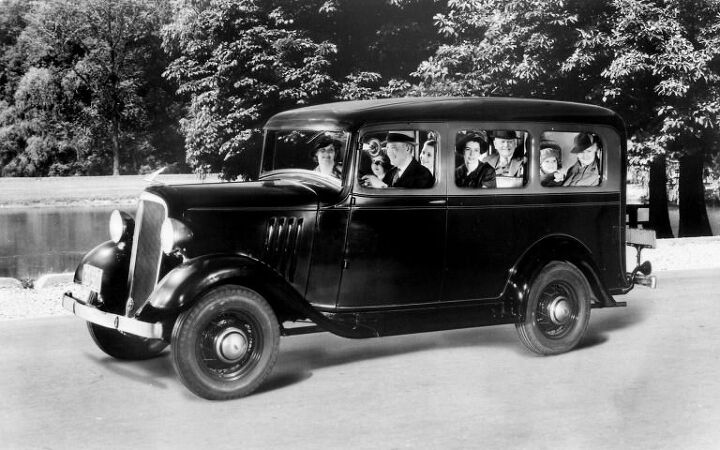


















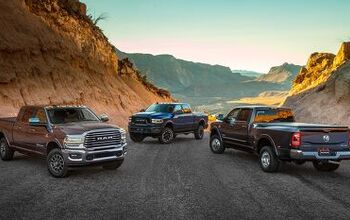

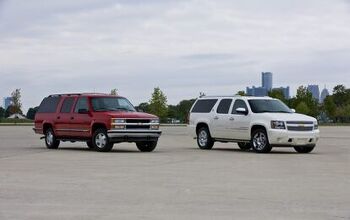
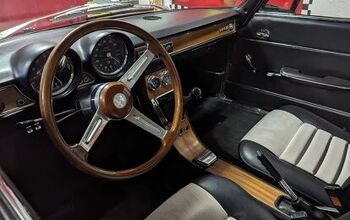
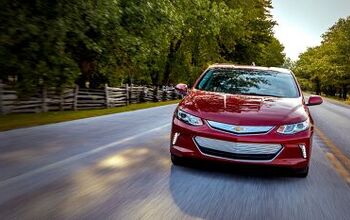


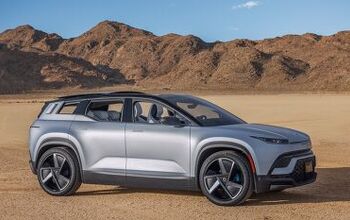
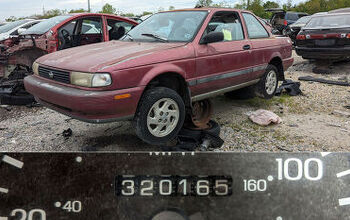
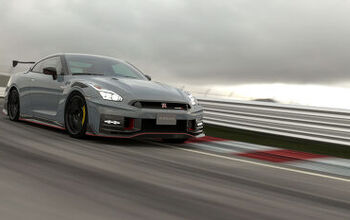
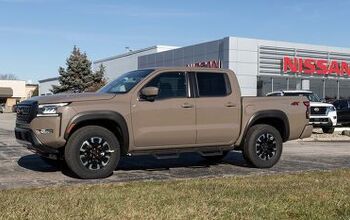
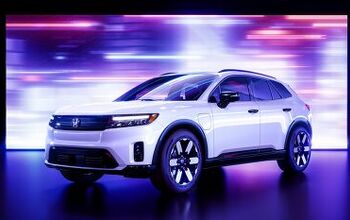
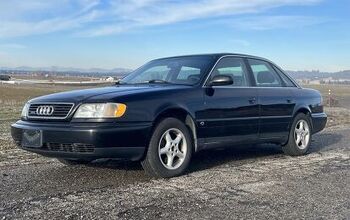
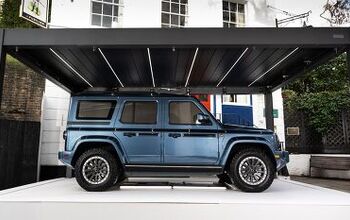
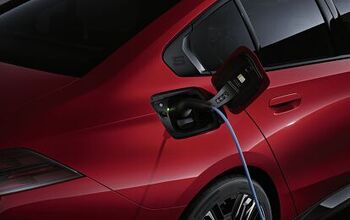

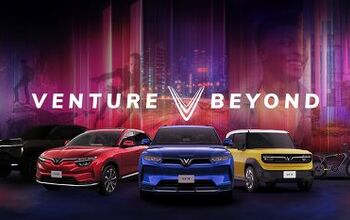
Comments
Join the conversation
I know the ranking for the second half of Suburban generations will be more fun, but we sort of had to do this part first. Next week!
Objectively, each generation got dynamically better. Handling, brakes, suspension, engine all underwent incremental improvements. I've driven the pickup versions of the most recent four of these, and while none of them drive anything like modern vehicles, you really don't want to spend much time in any of these previous to 1967. Stylingwise, I like the 1960s versions the best. Having had to drive many 50s-60s-70s vehicles, though, since that's what my parents and grandparents had, I don't suffer from old-car nostalgia much. There's something to be said for mechanical simplicity, but much less for deathtrap brakes and extraordinarily vague handling. I owned a Suburban from the next generation, a 1979 454, and that's absolutely as far back as I'd ever want to go again.